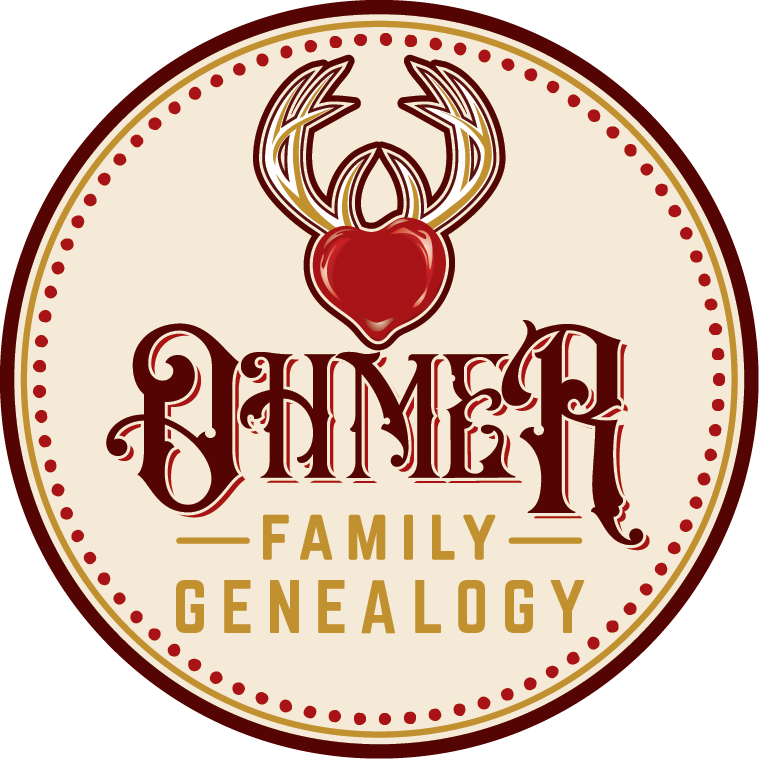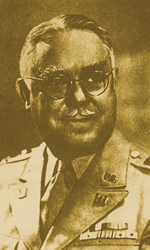by Susan Catherine Ohmer
This supplement to the Ohmer Family Tree compiled in 1951 by Rose Ohmer Leach, daughter of Michael Ohmer, was written in 1970 – 71 by Susan Catherine Ohmer in response to a number of requests to know “what those people in the Family Tree did.”
Much of the information was obtained from a biographical sketch of Nicholas Ohmer in the Montgomery County (Ohio) Atlas of 1875.
The rest was compiled by Susan from family diaries, letters, and personal reminiscences. As Susan says on page 2, this chapter of family history is concerned mainly with the descendants of Nicholas Ohmer. For her it was a labor of love. She gives it to succeeding generations to carry on. She is now working on a collection of family stories and anecdotes which promises to go on– and on.
Read More


 |
| 





